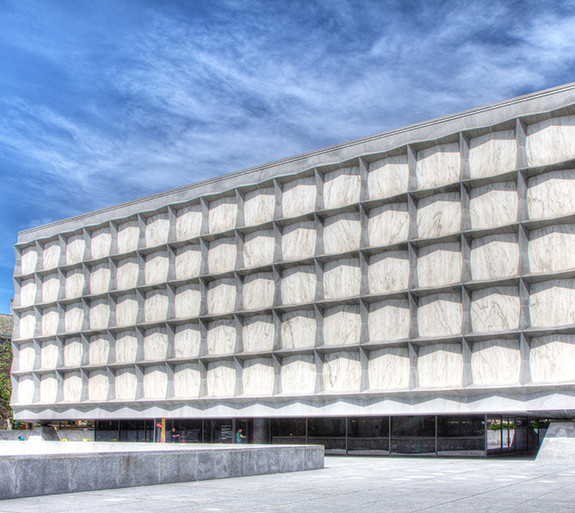
A Manifesto of Queer Modernism
a lecture by Tirza T. Latimer, California College of the Arts
Tuesday, October 11, 2011
5:30pm
The Loria Center
190 York Street, Room 351
Queer friendship circles, like the ones that formed around Gertrude Stein in the early twentieth century, played a pivotal role in the incubation of modernism and its propagation on American terrain. Stein’s network consisted largely of art world figures who shared sexual as well as aesthetic affinities. They honed practices (such as portraiture) and initiated trends (such as neo-romanticism), that celebrated their sentimental and artistic connections. They exchanged all manner of tributes: photographs, paintings, collages, word portraits, and musical compositions. They produced collective works and undertook interdisciplinary efforts–neither typically referenced in histories of modernism. For instance, the 1934 opera Four Saints in Three Acts–composed by Virgil Thomson to Stein’s libretto, choreographed by Frederick Ashton, and performed by a Harlem chorus resplendent in Florine Stettheimer’s costumes–has not been widely touted as an important modernist event. Yet, its makers meant, Tirza T. Latimer argues, to train a spotlight on alternate forms of modernist practice.
Image: Photograph of the stage set for Four Saints in Three Acts, from the Florine Stettheimer Papers
A Manifesto of Queer Modernism
October 5, 2011
